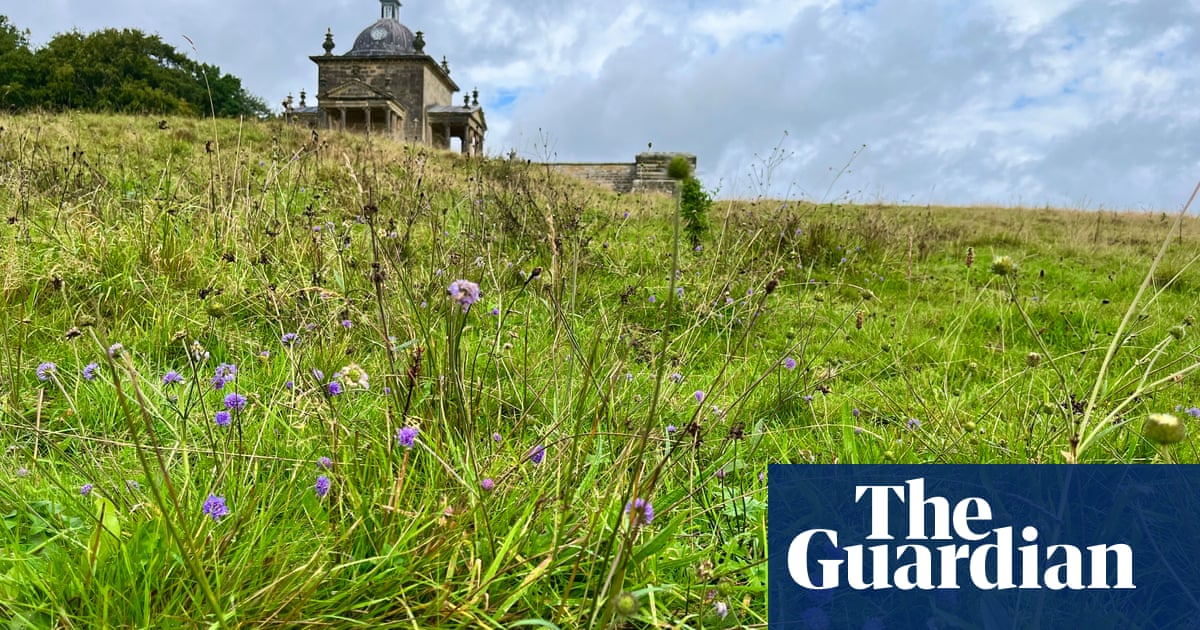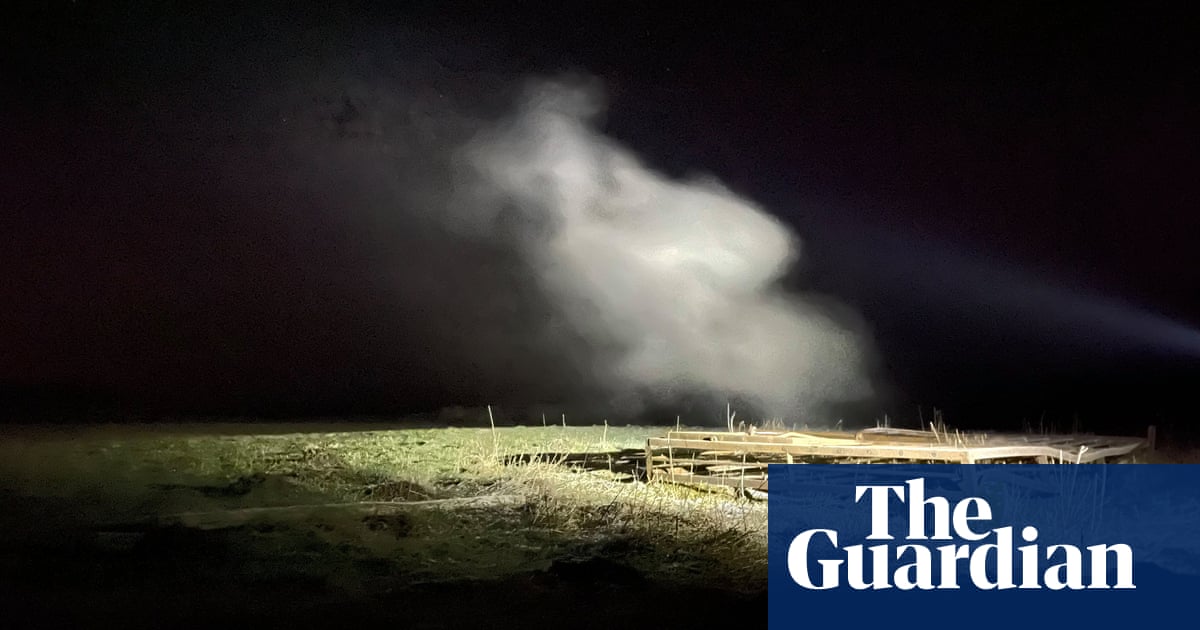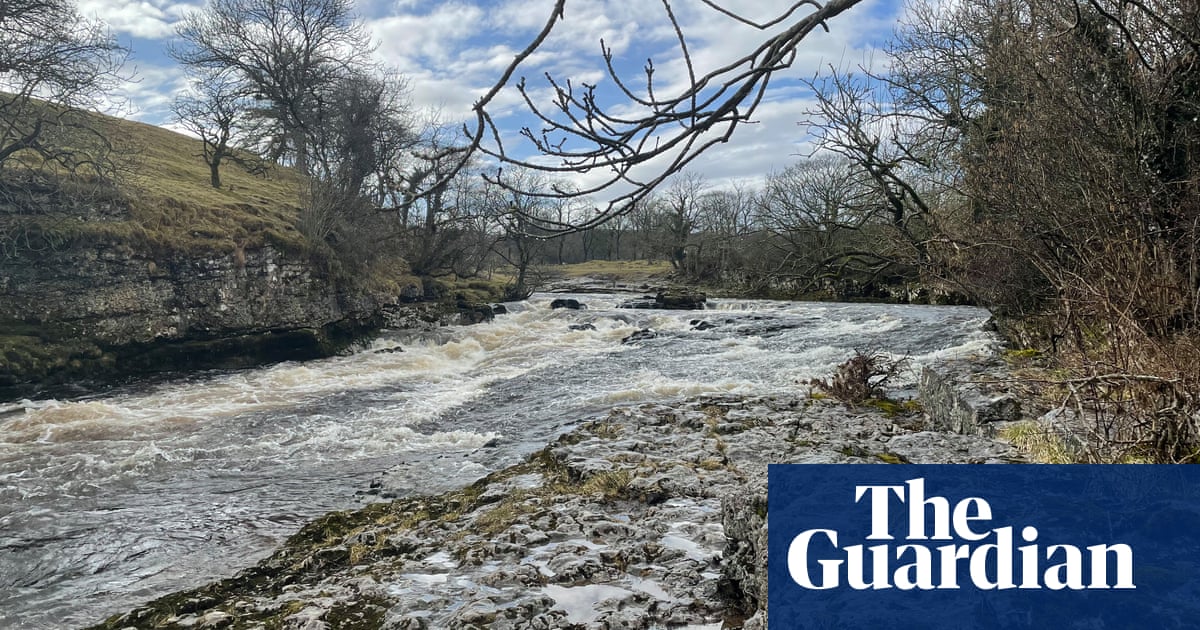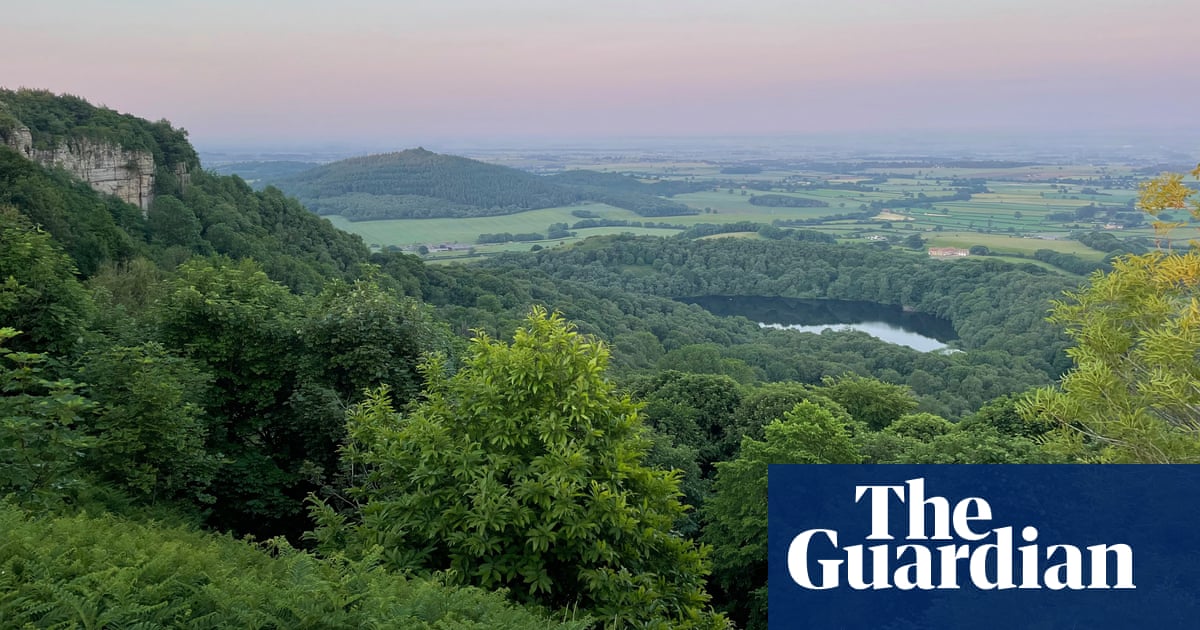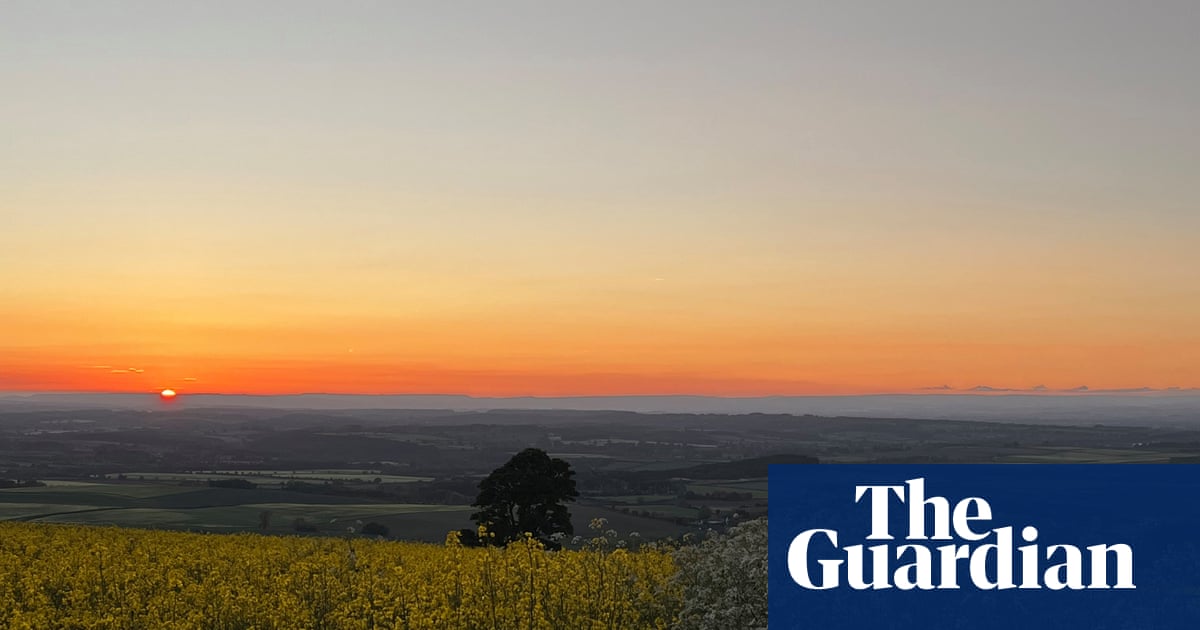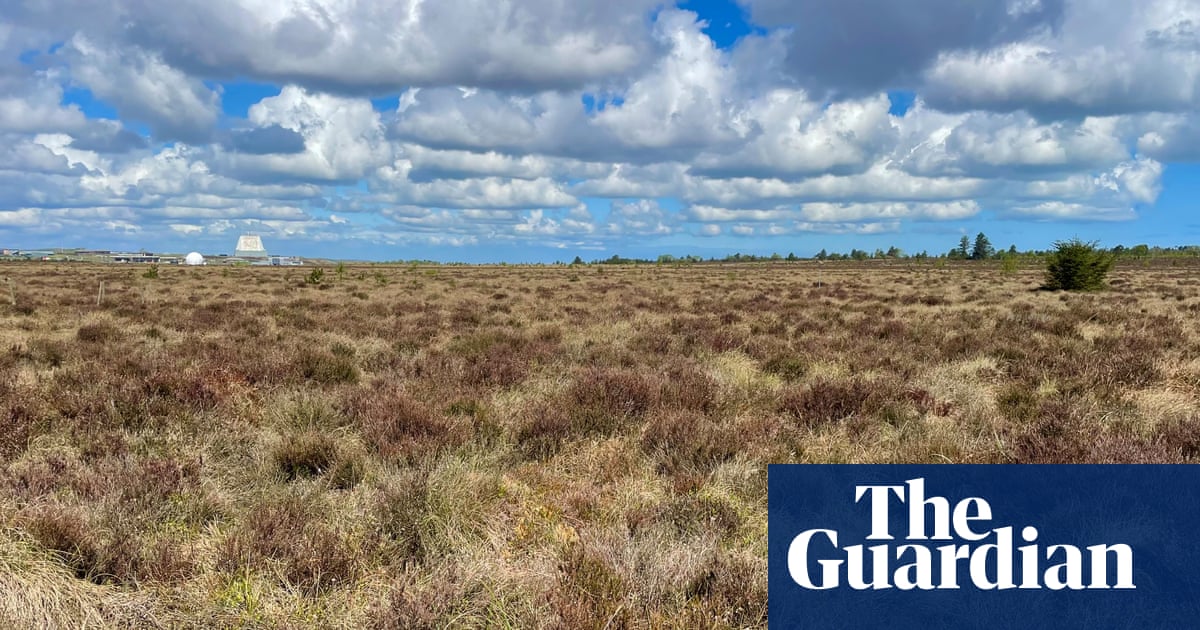
I’m standing in a bog surrounded by plantation and grouse moor. It is overlooked in more ways than I want to know by the dystopian hulk of the RAF Fylingdales radar station. But my guide is Brian Walker, a retired maverick forester, avid naturalist and spinner of excellent tales, so the invitation to visit was irresistible.
In 1974, Brian’s friend and mentor, the botanist Margaret Atherden, persuaded the Forestry Commission not to plant this area, known as May Moss. Now I’m looking at the result. With each squelching step, the hummocky expanse of brown, gold and grey resolves into ling and cross-leaved heath, bog cotton and native cranberry still bearing last year’s fruit. Beneath them are the bright green, claret and crimson colours of sphagnum mosses and, delightfully, the candy pink flowers of bog rosemary, which, along with cloudberry, occurs nowhere else on the North York Moors.
There’s a small pool where geese nest and, in the shadow of a remnant block of spruce, a suntrap shimmers with bronzy-winged red damselflies, bees, moths and the emerald flicker of green hairstreak butterflies. Spiders attend gleaming webs. Common lizards skitter at our feet, and Brian warns me to watch for adders. A cuckoo call sounds close by – the bird appears, flying strongly in hawkish silhouette, the first I’ve seen for years.
Brian points out an area of scattered pine and birch known as the radhaz (radiation hazard) because of historical radiation risk, and explains that by fencing it off, the Ministry of Defence inadvertently created the most untouched moorland heath in England. “It gives an idea what the moors could look like if burning stopped,” he says. “Trees are often considered anathema to bog restoration, but they’re spaced out, don’t grow big. That place is teeming with life and the peat is six metres deep. Imagine, seven thousand years preserved under your feet.”
It’s not just the past and present of May Moss that excites Brian. Like Atherden, he thinks of the futures. “Forestry doesn’t get everything right,” he says. “But with huge areas to work with we can experiment – a bit of local disruption can supercharge an ecosystem. Scrape back here, block a watercourse there, or we can suspend planting and just step back. It might take decades to see the benefits, but fine. Foresters are used to long cycles.”





